2 November 312
Eutropia visits the temple/mausoleum of her grandson Romulus, and looks around the circus of her son.
"Is anyone significant buried across the street?"
"Yes, the martyr Sebastian."
"Sebastian? Was he a guard?"
"He was a soldier, perhaps a guard."
"I wonder if I knew him."
2 November 1778 Monday
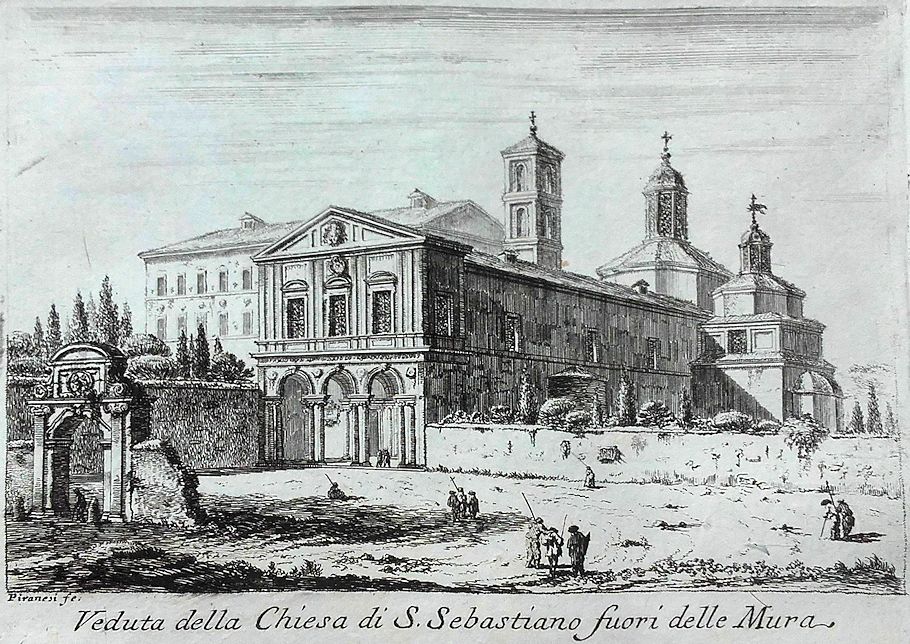
2 November 1812 Monday
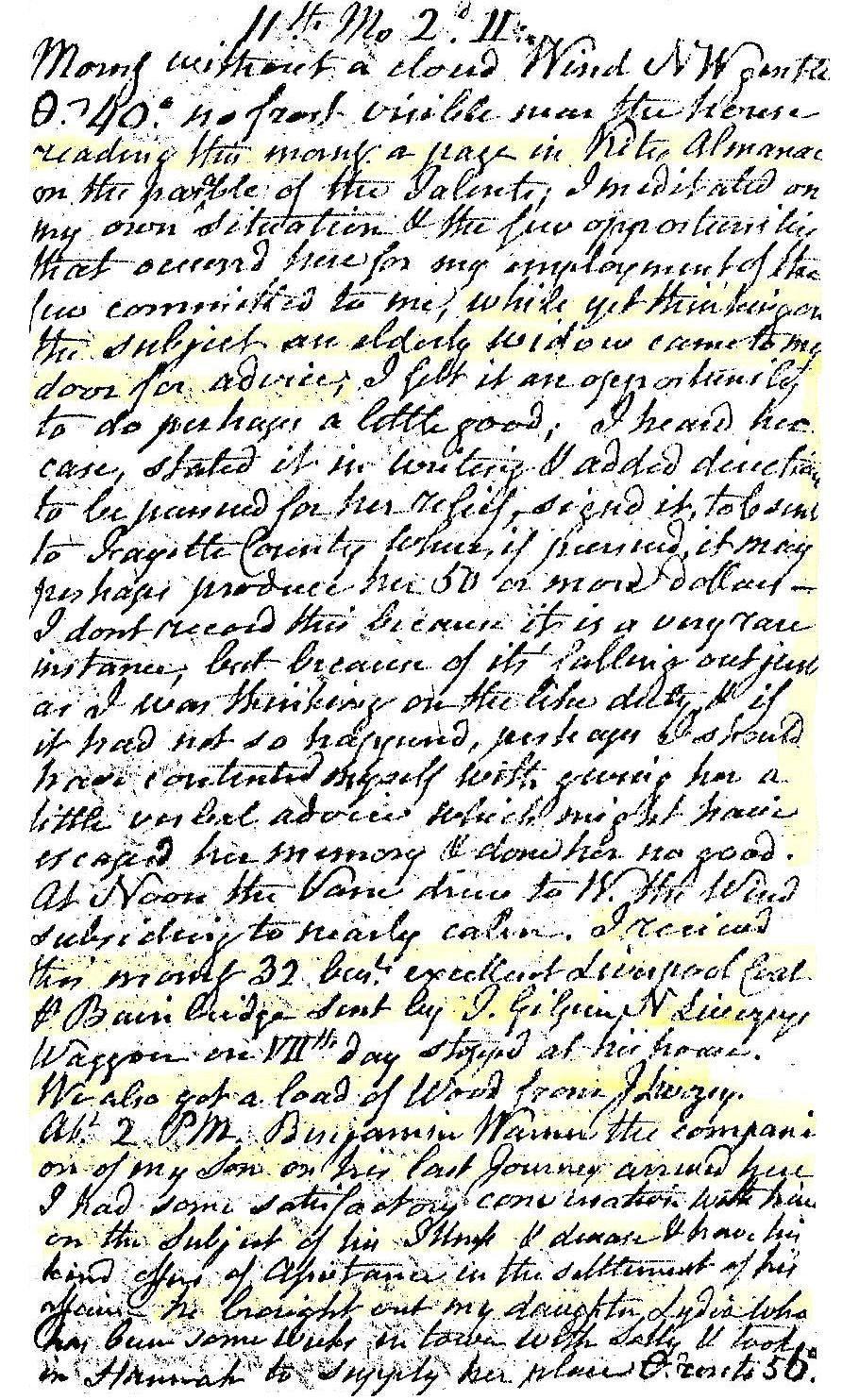
Morning without a cloud, wind NW gentle, temperature 40°. No frost visible near the house. Reading this morning a page in Kite’s[?] Almanac on the parable of the talents, I meditated on my own situation and the few opportunities that occurred here for my employment of the few committed to me, while yet thinking on the subject an elderly widow came to my door for advise, I felt it an opportunity to do perhaps a little good. I heard her case, stated it in writing and added directions to be processed for her relief, signed it, to be sent to Fayette County where, if pursued, it may perhaps produce her 50 or more dollars. I don't record this because it is a very rare instance, but because of its falling out just as I was thinking on the like duty and if it had not so happened, perhaps I should have contented myself with giving her a little verbal advice which might have escaped her memory and done her no good. At noon the vane drives to W., the wind subsiding to nearly calm. I received this morning 32 bushels[?] excellent Liverpool Coal & Bainbridge sent by J. Gilpin. N. Livezey Waggoner on Saturday stopped at his house. We also got a load of wood from J. Livezey. About 2 PM Benjamin Warner, the companion of my son on his last journey, arrived here. I had some satisfactory conversation with him on the subject of his ......[?] and ......[?] and have his kind offers of assistance in the settlement of his affairs--he brought out my daughter Lydia who has been some weeks in town with Sally and took in Hannah to supply her place. Temperature rose to 56°.
2 November 1993

Winning
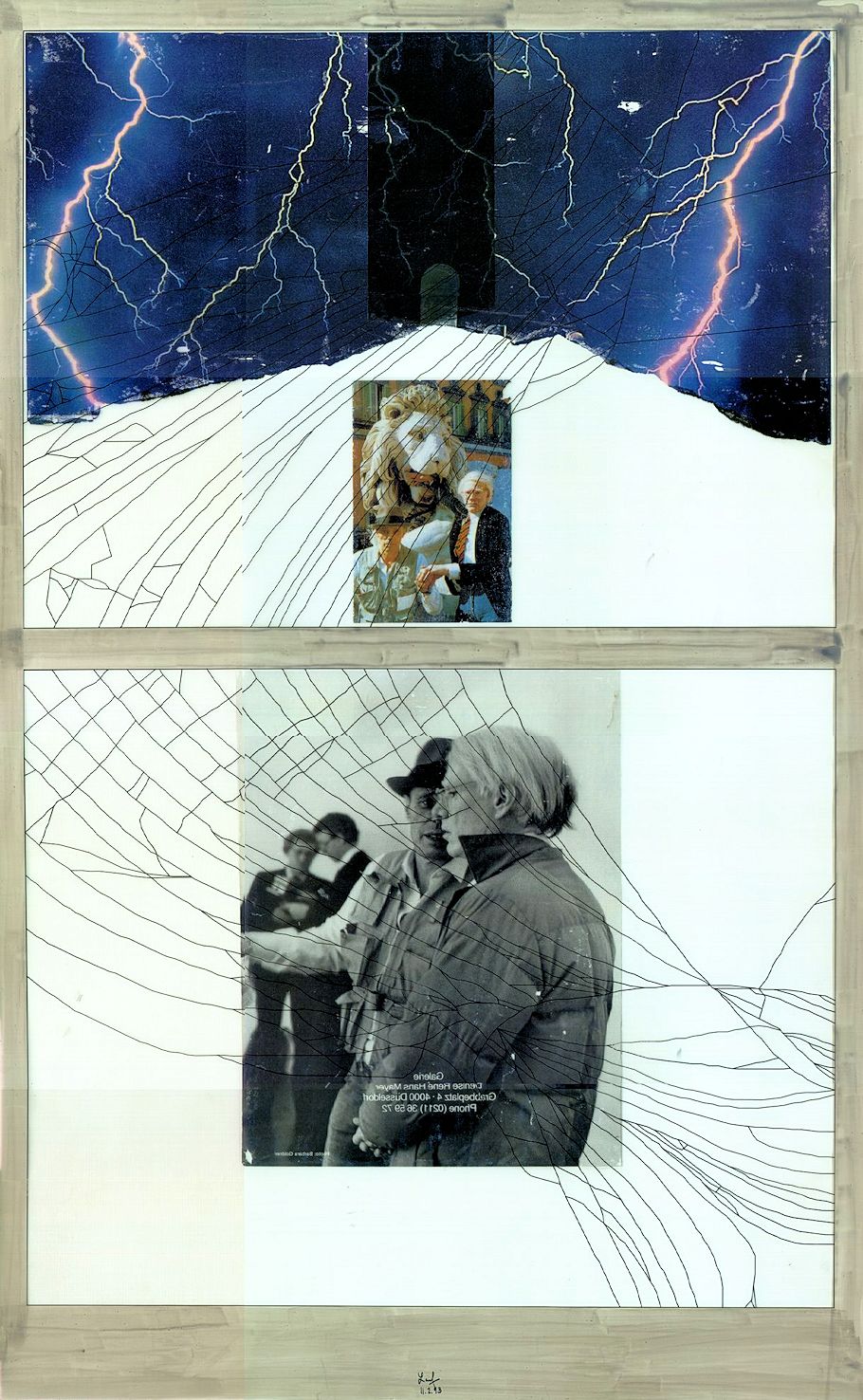
Fathers and Fathers' Father
2 November 2017
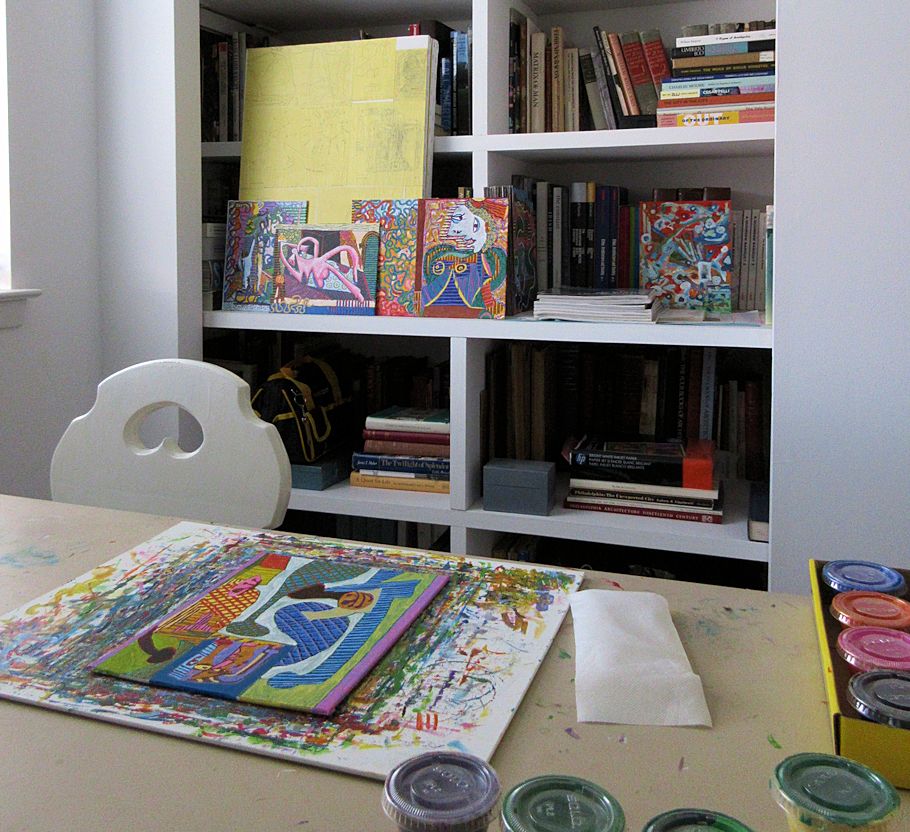
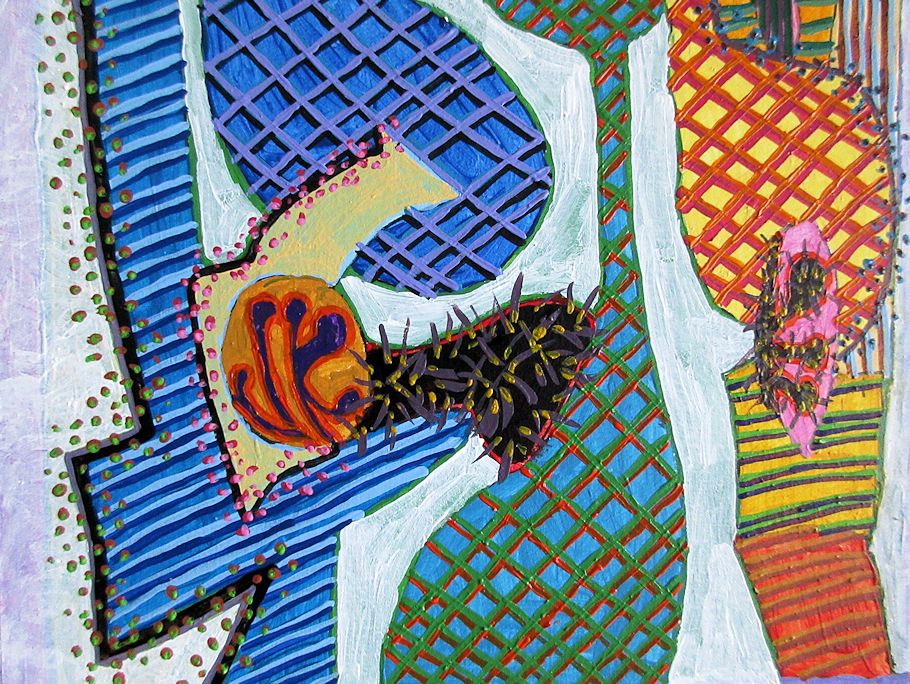
2 November 2019
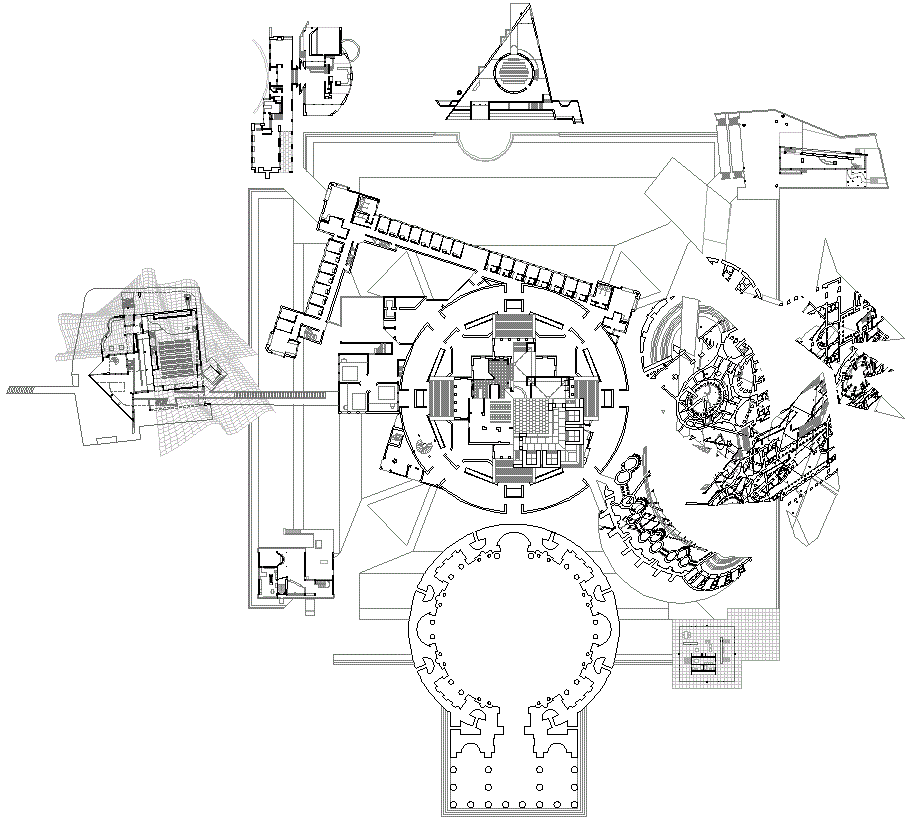
Contemination 004 plan
2 November 2022 Wednesday
Two months before the accession of Miltiades, an edict of the emperor Galerius had put an end to the persecution of the Christians; next Maxentius restored to Miltiades the church property which had been confiscated in the course of the persecution; and these measures were soon confirmed and amplified by the emperor Constantine, in the measure known traditionally, though inaccurately, the Edict of Milan. Constantine, indeed, promptly changed the whole imperial policy toward the church from one of toleration to one of positive favour. At the same time, however, internal dissension broke out again within the church. The Donatists adopted an attitude of intransigence like that of Novatian and his followers and refused to absolve the lapsi of the late persecution. Schism resulted; and to put an end to it Constantine called on Miltiades to settle the question. Miltades held a council in the Lateran palace, which the empress [Fausta] had just presented to him, and the Donatists were condemned.
"Papacy" in Encyclopedia Britannica (vol. 17, 1969), p. 240.
ST SEBASTIAN, Martyr (a.d. 288 ?)
According to the " acts ", assigned without any adequate reason to the authorship of St Ambrose, St Sebastian was born at Narbonne in Gaul, though his parents had come from Milan, and he was brought up in that city. He was a fervent servant of Christ, and though his natural inclinations were averse from a military life, yet to be better able to assist the confessors and martyrs in their sufferings without arousing suspicion, he went to Rome and entered the army under the Emperor Carinus about the year 283. It happened that the martyrs, Marcus and Marcellian, under sentence of death, appeared in danger of faltering in their resolution owing to the tears of their friends; Sebastian, seeing this, intervened, and made them a long exhortation to constancy, which he delivered with an ardour that strongly affected his hearers. Zoe, the wife of Nicostratus, who had for six years lost the use of speech, fell at his feet, and when the saint made the sign of the cross on her mouth, she spoke again distinctly. Thus Zoe, with her husband, Nicostratus, who was master of the rolls (primiscrinius), the parents of Marcus and Marcellian, the gaoler Claudius, and sixteen other prisoners were converted; and Nicostratus, who had charge of the prisoners, took them to his own house, where Polycarp, a priest, instructed and baptized them. Chromatius, governor of Rome, being informed of this, and that Tranquillinus, the father of Marcus and Marcellian, had been cured of the gout by receiving baptism, desired to follow their example, since he himself was grievously afflicted with the same malady. Accordingly, having sent for Sebastian, he was cured by him, and baptized with his son Tiburtius. He then released the converted prisoners, made his slaves free, and resigned his prefectship.
Not long after Carinus was defeated and slain in Illyricum by Diocletian, who the year following made Maximian his colleague in the empire. The persecution was still carried on by the magistrates in the same manner as under Carinus, without any new edicts. Diocletian, admiring the courage and character of St Sebastian, was anxious to keep him near his person; and being ignorant of his religious beliefs he created him captain of a company of the pretorian guards, which was a considerable dignity. When Diocletian went into the East, Maximian, who remained in the West, honoured Sebastian with the same distinction and respect. Chromatius retired into the country in Campania, taking many new converts along with him. Then followed a contest of zeal between St Sebastian and the priest Polycarp as to which of them should accompany this troop to complete their instruction, and which should remain at the post of danger in the city to encourage and assist the martyrs. Pope Caius, who was appealed to, judged that Sebastian should stay in Rome. In the year 286, the persecution growing fiercer, the pope and others concealed themselves in the imperial palace, as the place of greatest safety, in the apartments of one Castulus, a Christian officer of the court. Zoe was first apprehended, when praying at St Peter's tomb on the feast of the apostles.
She was stifled with smoke, being hung by the heels over a fire. Tranquillinus, ashamed to show less courage than a woman, went to pray at the tomb of St Paul, and there was seized and stoned to death. Nicostratus, Claudius, Castorius and Victorinus were taken, and after being thrice tortured, were thrown into the sea. Tiburtius, betrayed by a false brother, was beheaded. Castulus, accused by the same wretch, was twice stretched upon the rack, and afterwards buried alive. Marcus and Marcellian were nailed by the feet to a post, and having remained in that torment twenty-four hours were shot to death with arrows.
St Sebastian, having sent so many martyrs to Heaven before him, was himself impeached before Diocletian; who, after bitterly reproaching him with his ingratitude, delivered him over to certain archers of Mauritania, to be shot to death. His body was pierced through with arrows, and he was left for dead. Irene, the widow of St Castulus, going to bury him, found him still alive and took him to her lodgings, where he recovered from his wounds, but refused to take to flight. On the contrary, he deliberately took up his station one day on a staircase where the emperor was to pass, and there accosting him, he denounced the abominable cruelties perpetrated against the Christians. This freedom of language, coming from a person whom he supposed to be dead, for a moment kept the emperor speechless; but recovering from his surprise, he gave orders for him to be seized and beaten to death with cudgels, and his body thrown into the common sewer. A lady called Lucina, admonished by the martyr in a vision, had his body secretly buried in the place called ad catacumbas, where now stands the basilica of St Sebastian.
The story recounted above is now generally admitted by scholars to be no more than a pious fable, written perhaps before the end of the fifth century. All that we can safely assert regarding St Sebastian is that he was a Roman martyr, that he had some connection with Milan and was venerated there even in the time of St Ambrose, and that he was buried on the Appian Way, probably quite close to the present basilica of St Sebastian, in the cemetery ad catacumbas. Although in late medieval and renaissance art St Sebastian is always represented as pierced with arrows, or at least as holding an arrow, this attribute does not appear until comparatively late. A mosaic dating from about 680 in San Pietro in Vincoli shows him as a bearded man carrying a martyr's crown in his hand, and in an ancient glass window in Strasbourg Cathedral he appears as a knight with sword and shield, but without arrows. St Sebastian was specially invoked as a patron against the plague, and certain writers of distinction (e.g. Male and Perdrizet) urge that the idea of protection against contagious disease was suggested, in close accord with a well-known incident in the first book of the Iliad, by Sebastian's undaunted bearing in face of the clouds of arrows shot at him; but Father Delehaye is probably right in urging that some accidental cessation of the plague on an occasion when St Sebastian had been invoked would have been sufficient to start the tradition. That St Sebastian was the chosen patron of archers, and of soldiers in general, no doubt followed naturally from the legend.
Herbert Thurston, S.J. and Donald Attwater, Butler's Lives of the Saints (vol. 1, 1956), pp. 128-30.
Eutropia was the wife of Maximian, thus Empress of the West.
S. Sebastian, on the other hand, since it does not occur in the Constantinian or for that matter in the later donation lists in the Liber Pontificalis, yet is undoubtedly of early IV century date, has been suspected to date from about 320 or possibly prior to 313.
Richard Krautheimer, "Mensa-Coemeterium-Martyrium" in Cahiers Archéologiques 11 (1960), p. 22.
Perhaps S. Sebastiano is not, strictly speaking, a donation of Constantine, rather a donation of Eutropia (to Miltiades).
"In fact, a resemblance in plan only and thus equally treacherous underlies a second hypothesis: that the coemeteria-basilica be derived from Roman circuses. At first glance, the hypothesis is tempting. The agon in its very beginning was part of the funeral rite and the link, of circus games to funerals was bound to be much in the mind of a period which had seen, preparatory to his funeral, the golden statue of Pertinax on a chariot drawn into the circus by four elephants. Augustine was well aware of the link between games and funeral rites, and Tertullian compares and contrasts the life and death of a Christian with a circus race.. A circus erected for funeral games and dedicated to the memory of Maxentius' young son, Romulus, rises on the Via Appia, opposite and nearly contemporary with S. Sebastiano. Yet, its resemblance is in plan only."
Richard Krautheimer, "Mensa-Coemeterium-Martyrium," Cahiers Archéologiques 11 (1960), p. 39.
2 November 2023 Thursday
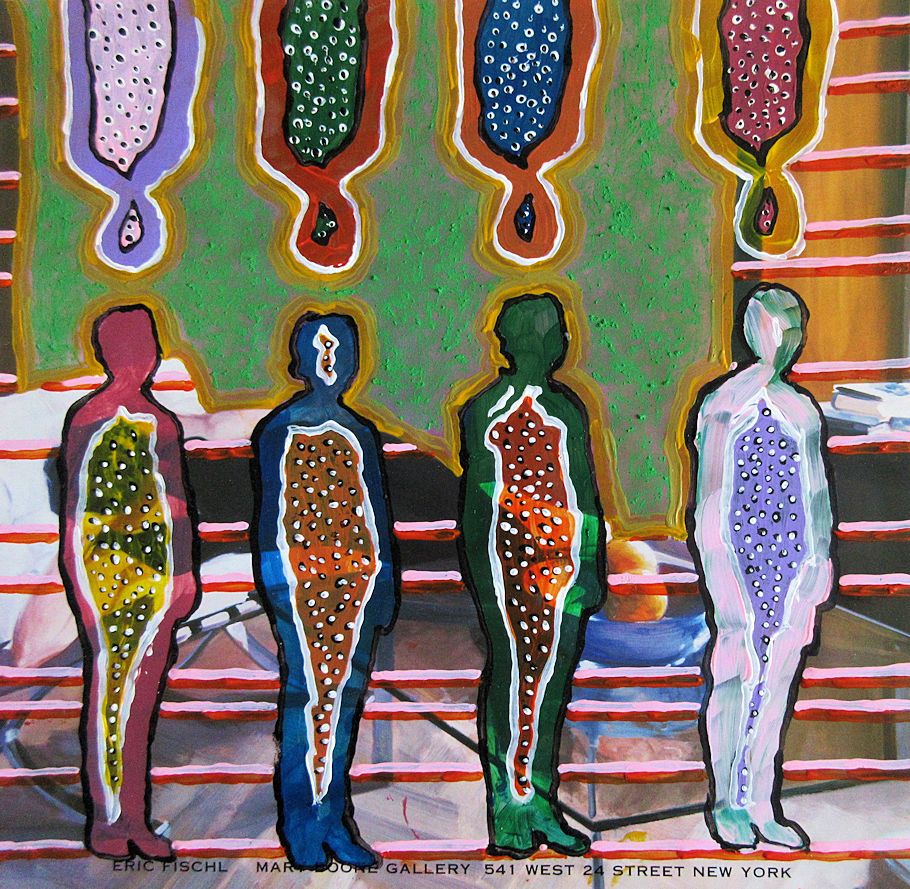  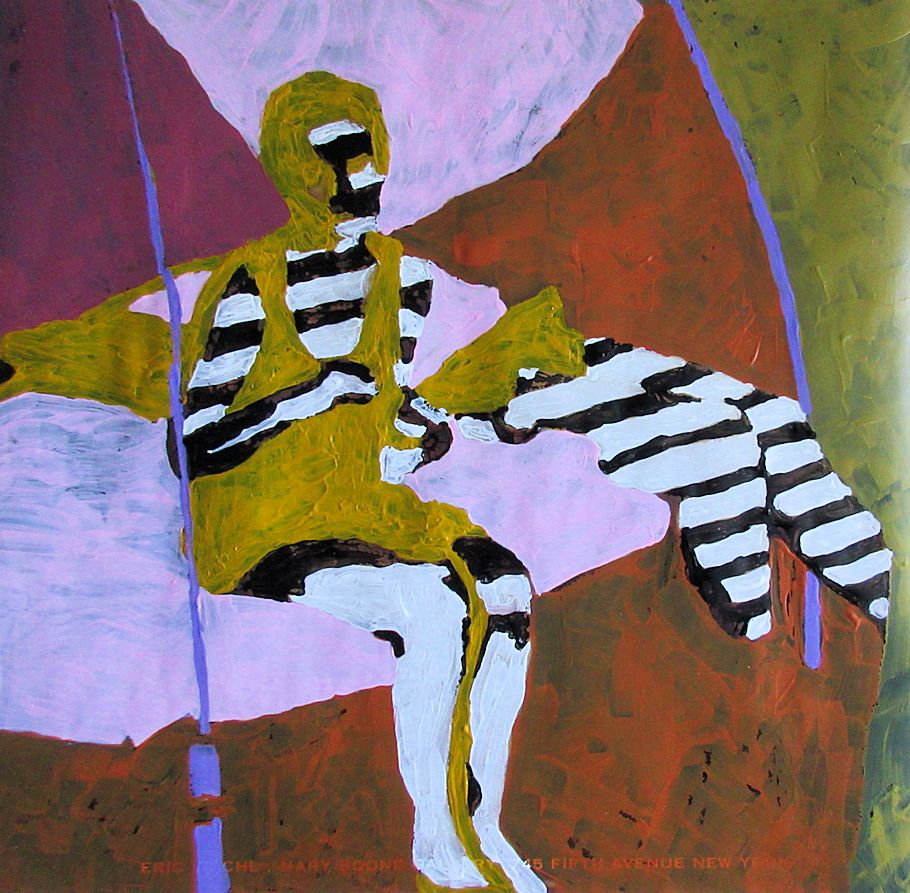

Jupiter was closest to the Earth--about 370 million miles away--last night, and will be in direct opposition relative to the Earth and the Sun tomorrow night.
|